The Best Acoustic Treatment For Gaming, Streaming & More
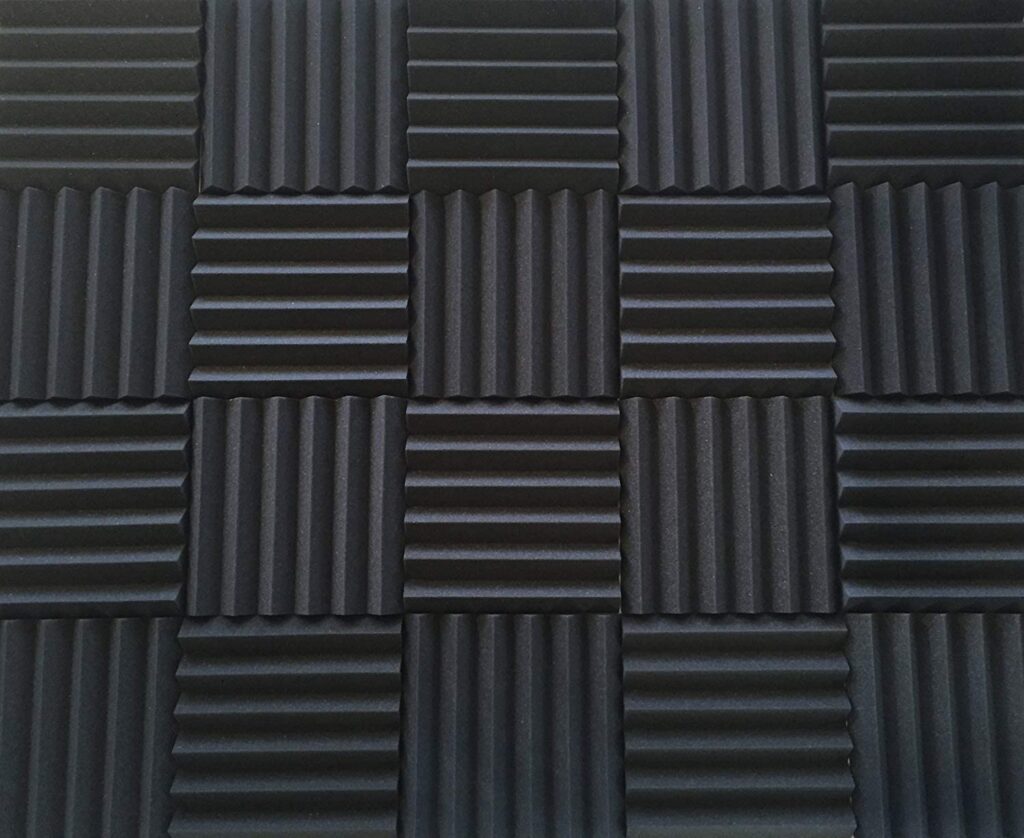
The Best Acoustic Treatment For Gaming, Streaming & More
We’re all looking for unique ways to upgrade our PC sanctuaries when we get that itch for an improvement or change. So we begin searching for ways to upgrade our battlestation, but our peripherals don’t need upgrading, and everything works perfectly fine. There must be someway to scratch that itch for perfection, so instead of rearranging your monitors for the 5th time, or buying your 11th mechanical keyboard, consider acoustic treatment. Fortunately, acoustic treatment is an easy and relatively inexpensive way to add both form and function to your PC setup, so let’s take a quick glance at what there is to know:
Quick Overview
Benefits For Gaming, Streaming & Content Creation
Whether you’re a gaming, streaming, or producing content, acoustic treatment can enhance your experience by adding a valuable function AND a cool aesthetic to your battlestation. If you’re wanting to improve your PC setup, then acoustic treatment is a no-brainer considering all of the benefits:
- Reduced sound aberrations
- Increased sound quality overall
- Increased sound quality for streaming & content creation
- Increased intelligibility over VoIPs like Discord and in-game communication
- Increased value from high quality/expensive studio monitors/speakers
- Improved battlestation aesthetics
Soundwaves
Thankfully, you don’t need to be a physicist to understand the physics of sound. Simply-put, sound is a vibration that travels through a medium, such as air. When it comes into contact with people or objects, such as a wall, this “acoustic wave” (vibration) is both reflected back and partially absorbed.
Reverberation is a type of sound aberration that occurs when a sound is produced and thus reflected multiple times, gradually deteriorating and becoming less audible as the soundwaves are continuously reflected and absorbed. An echo is essentially a reverberation with a slight differentiation. Similar to a reverberation, an echo is a reflected soundwave, but with a longer delay in reaching the listener due to the distance of the reflection points.
The best way to picture a soundwave reflection is to imagine throwing a bouncy ball at a wall – it will bounce back, hit the floor, and bounce off the walls until eventually coming to a full stop.
What Is Acoustic Treatment?
There are essentially three different ways to manipulate or control sound reflections:
- Sound-proof
- Sound-absorption
- Sound-diffusion
Soundproofing is often conflated with sound absorption and/or diffusion, but sound absorption and diffusion are distinctly different than soundproofing. Each method of acoustic treatment attempt to influence reflected sound by changing the surface of reflection points. The material used on acoustic panels affect how soundwaves are reflected and absorbed. Let’s go further into detail:
Soundproofing dampens and blocks sound from entering or exiting a room by reflecting sound back from where it came. Places like movie theaters and music studios use soundproofing to prevent outside noises from entering, and to reflect sounds back into the room to prevent sound from escaping. Blocking sound requires a thick, dense material to completely block sonic energy, which typically involves placing thick, heavy material inside of walls and ceilings. Soundproofing isn’t a feasible option for most, as it’s costly and time consuming to install, so we won’t be discussing soundproofing/blocking as much as the next two.
Sound absorption affects sound aberrations by placing soft material on areas where sound is reflected. Acoustic panels made of cloth or foam can be strategically placed on walls to minimize reflection and maximize absorption. Maximizing sound absorption is beneficial for studios, streamers, and gamers in order to achieve a more crisp audio-input by reducing overlapping reverb and/or echo. Again, imagine sound as being a bouncy ball – when you drop the ball on a soft surface, like carpet, it doesn’t bounce, or reflect, as it would on surfaces that are flat and hard.
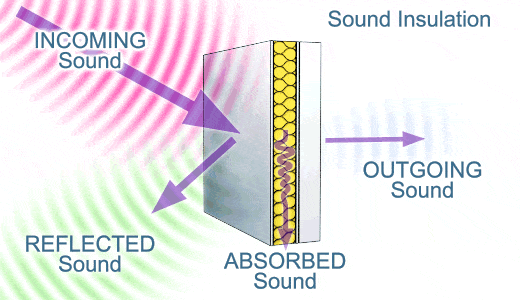
Sound diffusion is used to direct traffic for reverberation instead of removing the sound energy completely. Diffusers are a type of acoustic panel that diffuse, or disperse, sound aberrations and scatter them in all directions in a given space. Scattering sound aberrations help reduce distinct reverberations and echo while maintaining the liveliness of a room by preventing sound from being reflected in the same direction. Many diffusers are specifically engineered in such a way as to maximize acoustic energy dispersion. Going back to the bouncy ball analogy, imagine dropping the ball on a surface with many different corners and angles – the ball will likely bounce off in a different direction instead of straight back up.
Absorption Panels
The wedge is the most popular among foam panels, and not just because they look cool. They’re the best performing foam panel among the other available designs.

Pyramid shaped foam panels are another popular design due to their effectiveness, but this design may be less absorptive of lower frequencies. However, the nuanced differences between the various foam panel designs and their rate of absorption is miniscule.
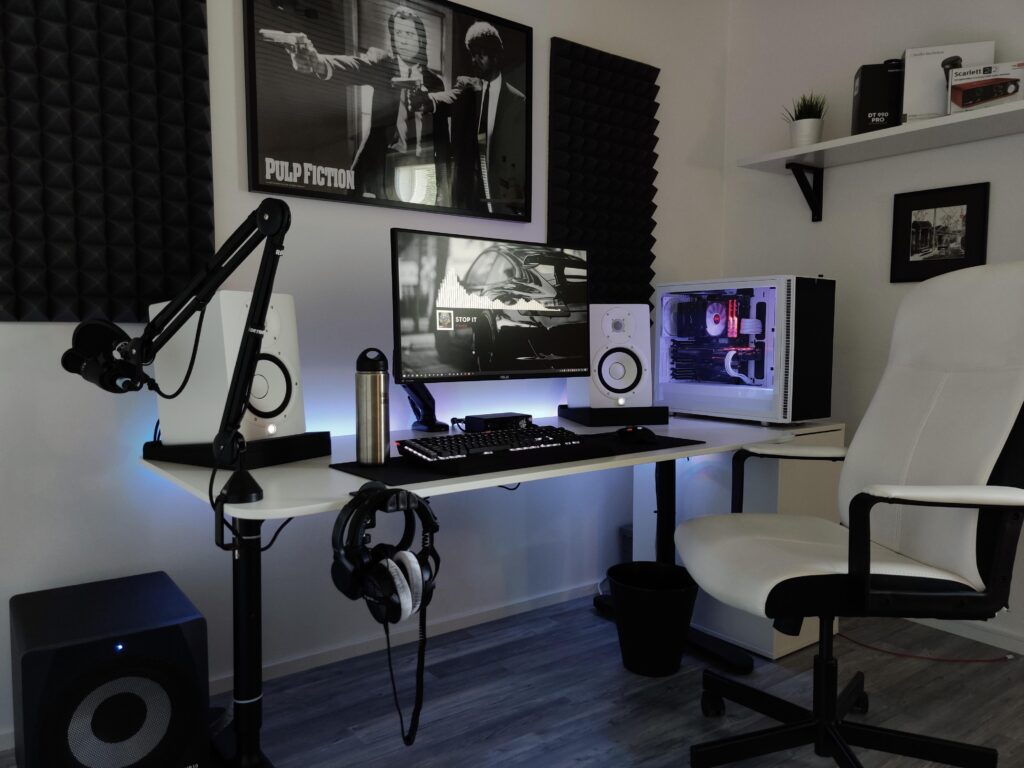
Bass traps help dampen low frequency energy, and prevent flutter echo in corners.

Hexagonal acoustic panels are a great option to add a unique aesthetic to your setup.
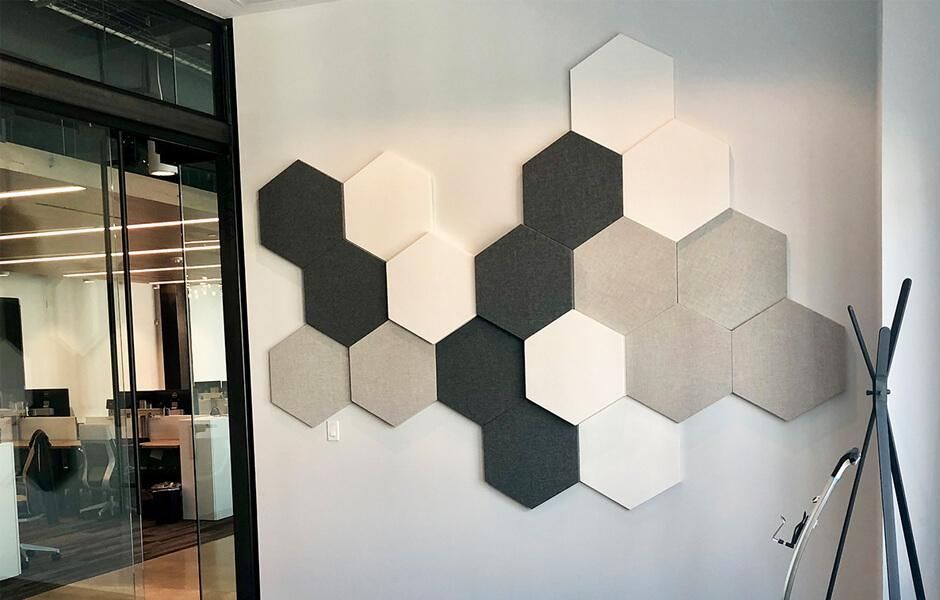
Diffusion Panels
Quadratic residue diffusers are specifically engineered to scatter reflections by incorporating peaks and troughs with different depths, resulting in interesting geometric patterns and effective reflection-scattering.
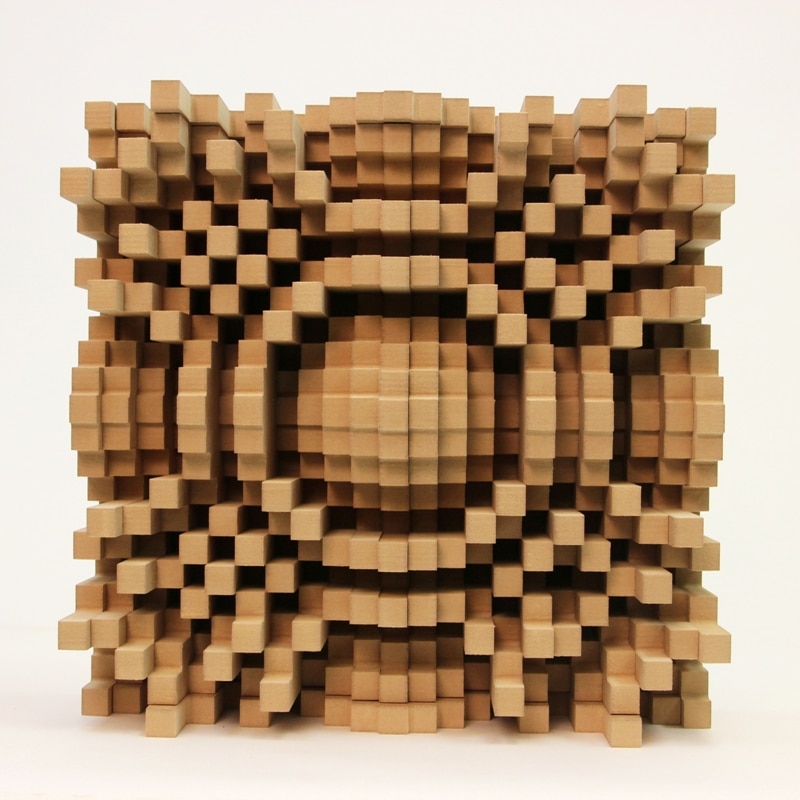
Hybrid diffusion/absorption panels are a good option to consider if you’re wanting a good acoustic balance overall.

Skyline quadratic residue diffusers are probably the coolest looking diffusers to put on the wall.

3D wall panels aren’t specifically engineered to diffuse sound, but they’re better at scattering sound reflections than flat drywall, and they’re relatively inexpensive.
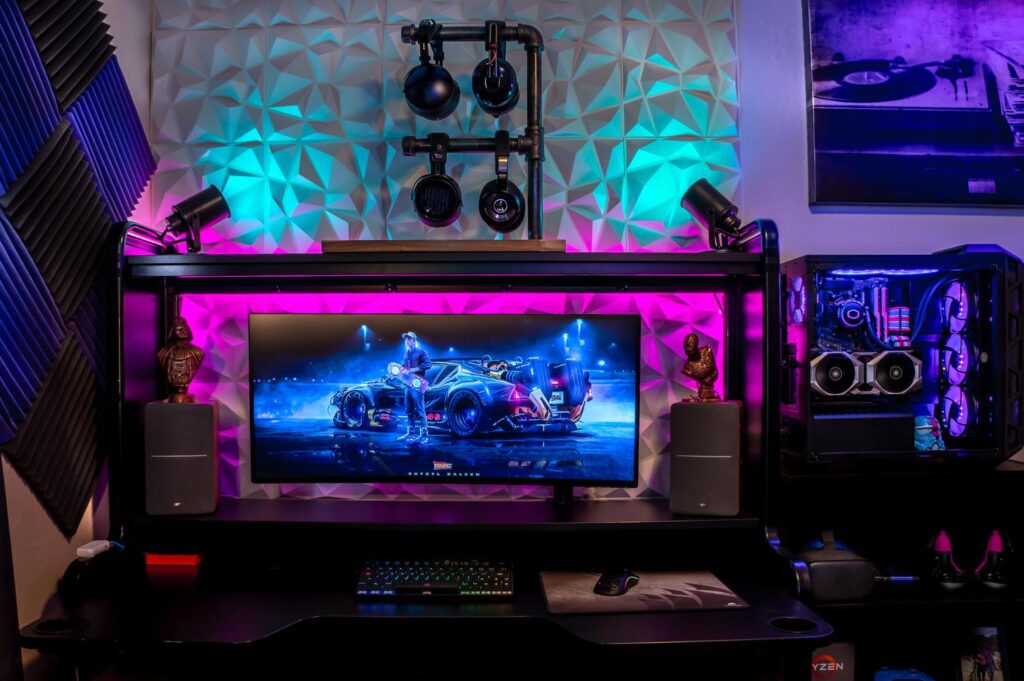
Acoustic Panel Placement
A good starting point is to place absorption panels nearest your speakers and on either side of your ears to minimize direct sound reflections. This spot will likely be on the wall adjacent to your desk behind your speakers, and the walls to the left and right of the listening position. The corners of a room is the next area to consider treating with absorption panels to reduce aberrations in those tight spots where flutter echo develops. Fortunately, you don’t need to cover the entire room in absorption panels to see an effect. Evenly spacing acoustic panels and placing them in clever areas – starting at the height of your ear at listening position and upward – is more than enough to treat a room, plus you get more value out of each panel when they’re effectively placed.
Acoustic panels should be strategically placed if you want to get the most value out of them. The two primary things you should consider before placing any acoustic panel is the location of the listening position and sound source. Place priority on sound absorption and then focus on diffusion, since diffusers are a little more expensive, and absorption panels have a higher unit of value per dollar.
Check out this short video from Acoustic Geometry on how to locate reflection points by using the “mirror trick”. Although we’ll likely be placing acoustic panels for our PC setup instead of a home theater, this video provides some useful information.
Diffusion panels are typically placed in the back of a room on the far side of the sound source. If you’re sitting at your desk facing a wall, then the diffusers should be placed on the wall that’s behind you. The diffusion panels will do what they do best and scatter the sound reflections to prevent them from paying you a visit.
- Note: spray adhesive for acoustic foam panels is often ineffective and short-lasting, and it may ruin the paint or drywall. Most people have better luck with these command strips placed on the corners of the panels.
Top Picks
TL;DR
- Acoustic treatment adds both form and function to your battlestation and improves sound quality.
- Soundwaves are reflected off surfaces causing unwanted sound aberrations. Aberrations, such as reverberation, lower the quality of sound.
- Acoustic treatment remedies sound aberrations by blocking, absorbing, or diffusing it with acoustic panels.
- There are various acoustic panel designs for absorption and diffusion.
- Acoustic panel placement is an important consideration to effectively treat a room.
latest Posts
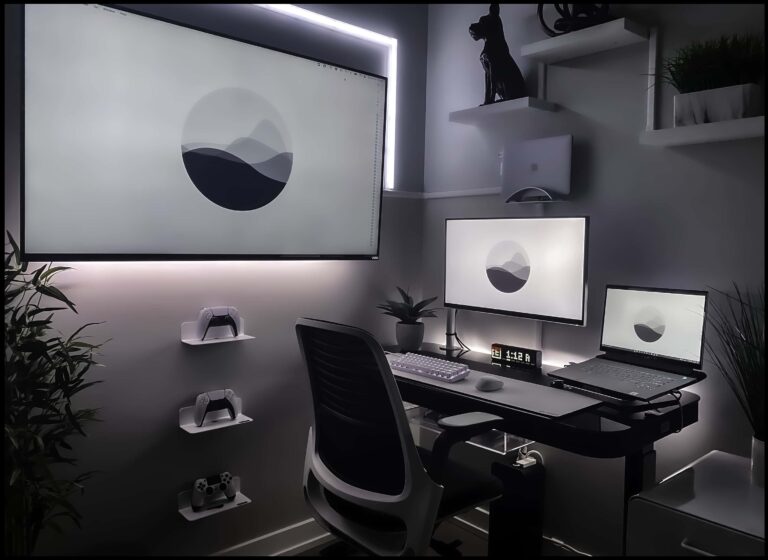
Battlestation Breakdown No. 16
This aesthetic, monochrome battlestation is the perfect place to game and work.

Battlestation Breakdown No. 15
This laptop-powered battlestation is clean and simple. Sitting on an adjustable stand, the laptop acts as a secondary monitor while simultaneously powering the setup.
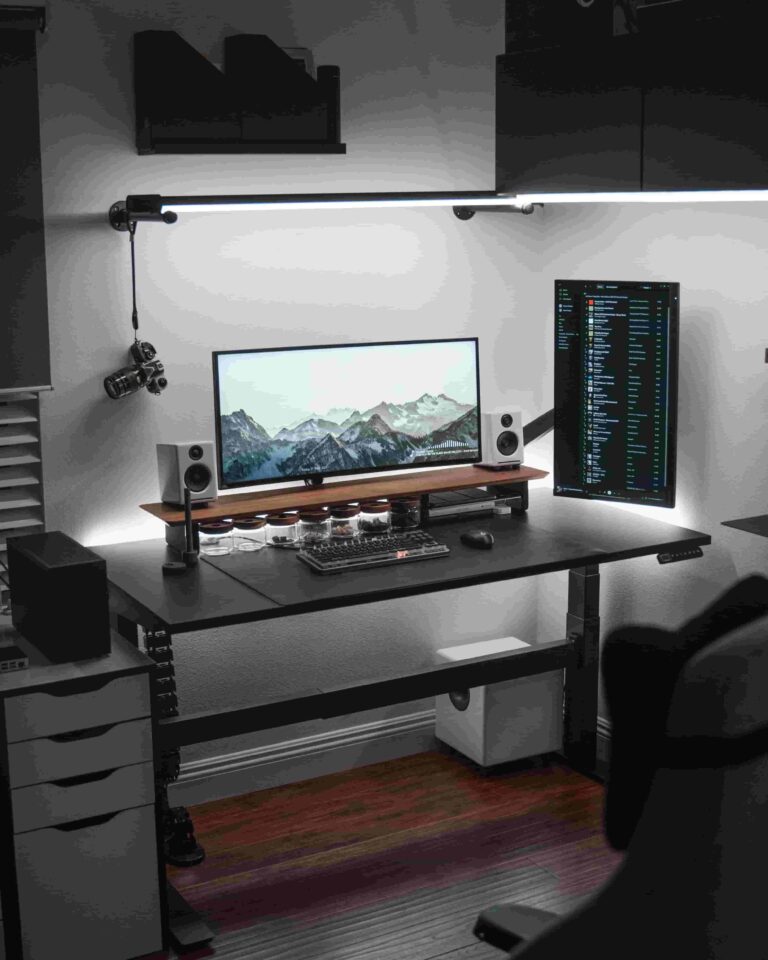
Battlestation Breakdown No.14
This battlestation is reminiscent of a laboratory or workshop with its brilliant lights, sit-stand desk, and jars with keycaps and mechanical switches. A hobbyist would easily have the ability to stand and tinker with custom mechanical keyboards, or paint Warhammer miniatures with the perfect lighting and desk space.

Twitch Streaming Starter Kit
Streaming can be a lucrative undertaking if you manage to accumulate enough followers willing to give you a piece of their hard-earned income, but streaming is a competitive business.


